7 Wonders of Zambia
What are the 7 Wonders of Zambia? Zambia is a country that should be on everyone’s bucket list. It is a country with a tourist attraction that is one of the 7 Natural Wonders of the World. It is a country with wildlife attractions and nature encounters that are the epitome of the African experience.
Here is a look at the Seven Wonders of Zambia:
Victoria Falls
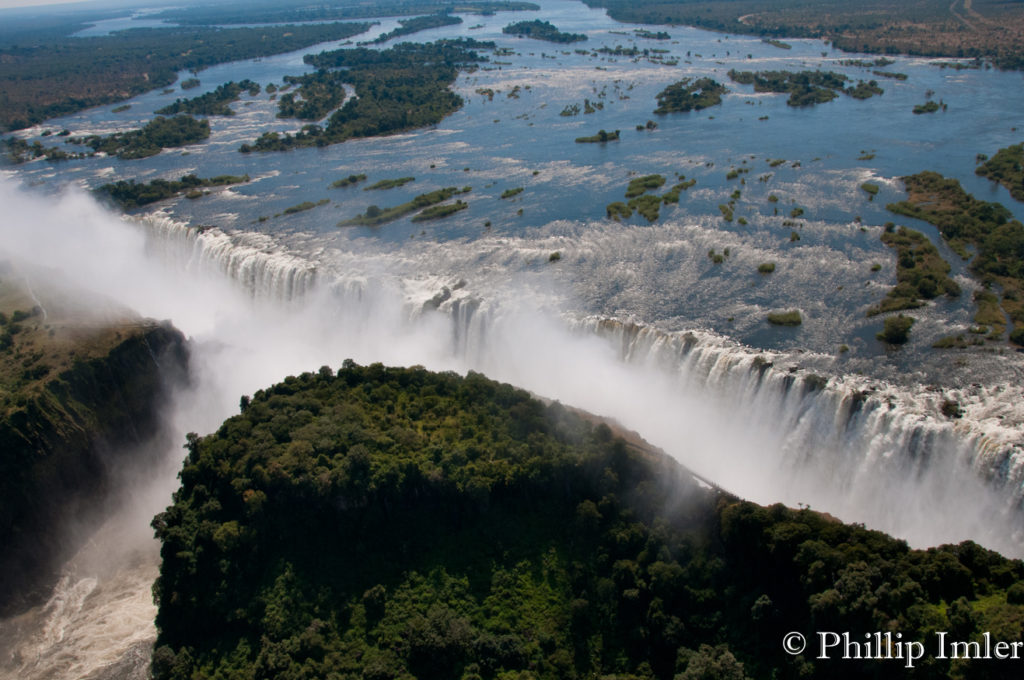
Victoria Falls is the largest waterfall in the world and arguably one of the most beautiful. The falls stretches across 5,604 feet (1,708 m) wide with a height of 354 feet (108 m) creating the largest single sheet of falling water. Accordingly, has the distinction of being one of the Seven Natural Wonders of the World.
To put things in perspective, Victoria Falls is approximately twice the height of Niagara Falls. The Zambezi River is the source of the falls which is located on the border between Zambia and Zimbabwe.
Victoria Falls is locally known as Mosi-oa-Tunya, which translates to, “The Smoke that Thunders.” The falls plunge into the first gorge, one of six winding turns, varying in height ranging from 260 feet (80 m) to the highest point at 354 feet (108 m).
One of the special treats to visitors of Zambia’s number one tourist attraction are the abundance of rainbows that accompany the falls. An additional unique experience is the moonbows which may occur during the full moon parts of the month.
Kafue National Park
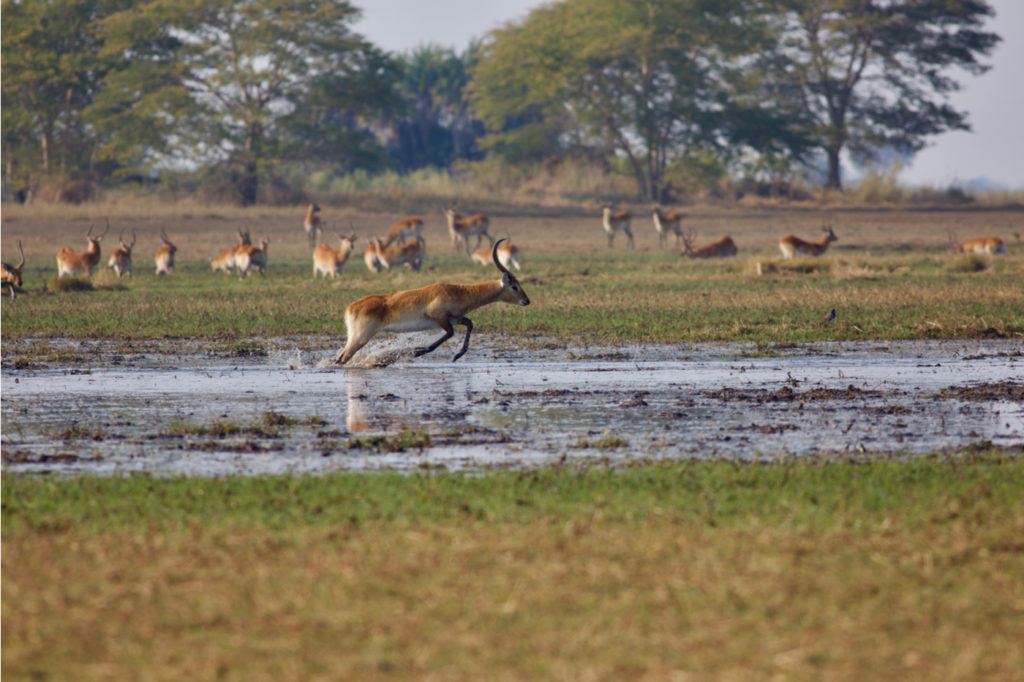
Kafue National Park extends across 8,648.7 square miles (22,400 sq. km) creating Zambia’s largest national park and the second largest national park in all of Africa.
The country and Kafue National Park are generally flat. Much of Kafue National Park is accounted for by flood plain grasslands that get covered by water during the rainy season and the slow flow of the Kafue River.
Kafue National Park has an abundance of antelopes with particularly large herds of the red lechwe and the puku. Kudu, bushbuck, eland, reedbuck, zebra and wildebeest are some of the other mammals grazing the grasslands. With the abundance of antelope, this means there are also predators that include lion, leopard, cheetah, hyenas, and even the rare Cape wild dogs. Elephants, hippo, and crocodile round off some of the desired wildlife attractions travelers wish to see.
Lake Kariba
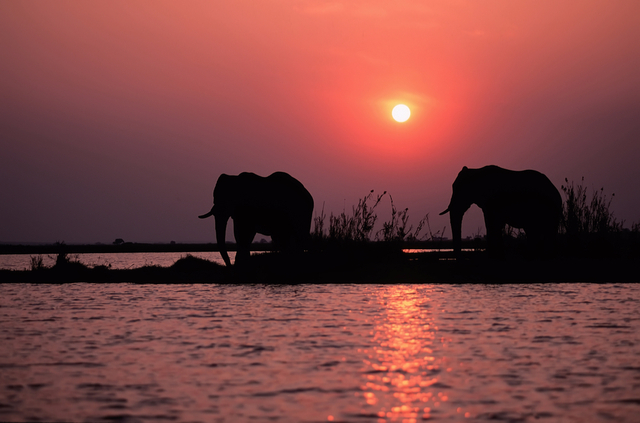
Lake Kariba is a man-made lake created by the Kariba Dam along the border of Zambia and Zimbabwe. The dam floods the Kariba Gorge creating the world’s largest manmade lake.
Lake Kariba measures a length of 139 miles (223 km) and a width of 25 miles (40 km) creating a surface area of 2,150 square miles (5,580 sq. km). The average depth is 95 feet (29 m) with the maximum depth reaching 318 feet (97 m). Collectively, the water volume measures 43 cubic miles (180 cubic km) creating the world’s largest manmade lake based on volume.
Lake Kariba sets an at elevation of 1,591 feet 9485 m) above sea level. The lake has been populated with fish from Lake Tanganyika creating a popular tourist destination before scenery and outdoor activities like fishing and boating.
Lower Zambezi National Park

The Lower Zambezi National Park is located in the southeastern part of Zambia. It lies on the north bank of the Zambezi River. It was originally the private game reserve of the President of Zambia before being declared a national park in 1983.
The Lower Zambezi National Park is one of the purest wilderness areas having not been ravished by poachers, warfare or other problems that compete against nature creating one of Zambia’s best nature attractions.
The Lower Zambezi National Park is free of any paved roads and even access to the park is inaccessible by road. Wildlife enthusiasts can watch for elephant, lion, leopard, buffalo, crocodile, hippos and a variety of antelope. The park extends across 1,580 square miles (4,092 sq. km) creating a true wilderness wonder attraction for Zambia.
South Luangwa National Park
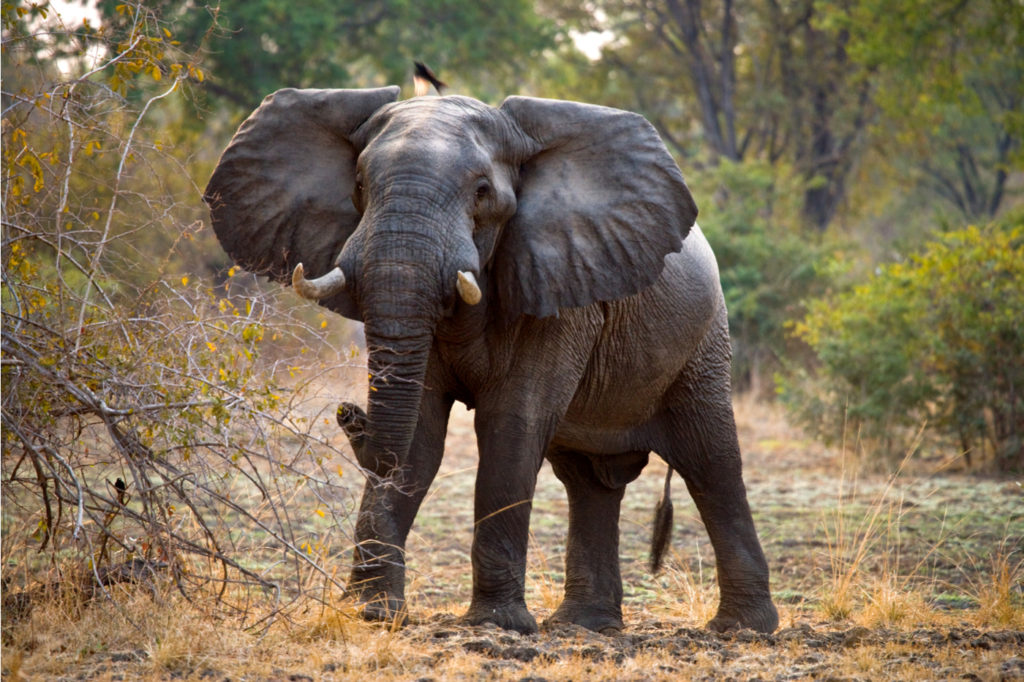
South Luangwa National Park is located in the southeastern part of Zambia. It is the furthest south of the three eastern national parks. South Luangwa is possible the greatest wildlife and nature attraction for all of Zambia and much of Africa. The park extends across 3,494 square miles (9,050 sq. km).
South Luangwa National Park is comprised of the Luangwa River, a number of lagoons, and an abundance of vegetation creating a habitat that is one of the richest wildlife tourist attractions in all of Africa. There are more than 60 species of mammals and more than 400 species of birds, creating a wildlife haven for nature enthusiasts.
South Luangwa is also famous for its abundance of giraffe and herds of elephants. Travelers can take traditional safaris or explore the more intimate walking safaris.
Zambezi River
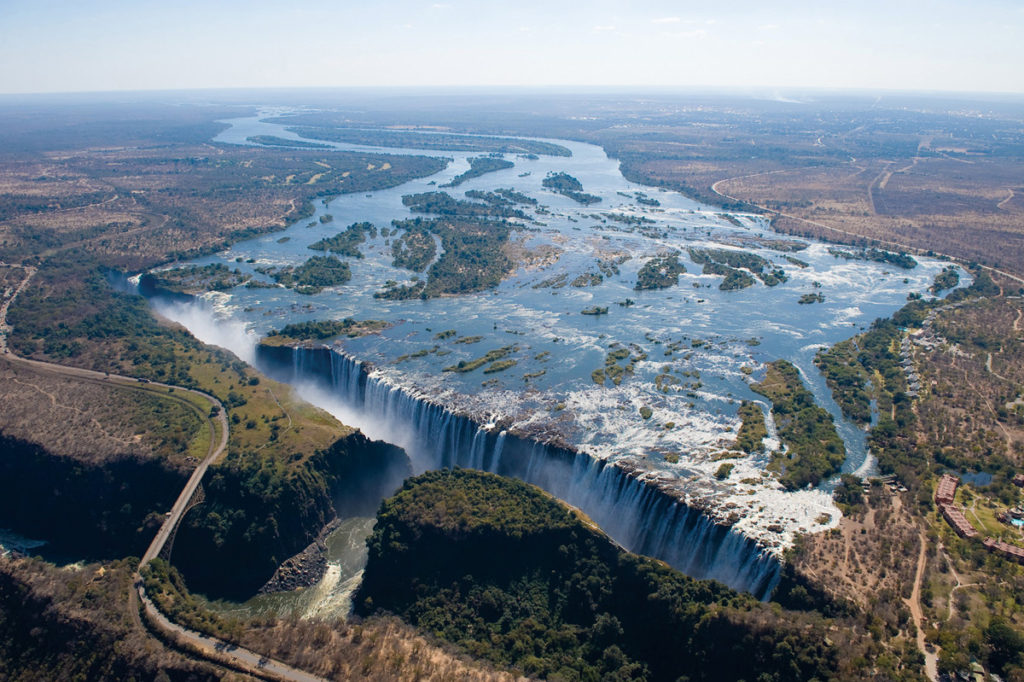
The Zambezi River extends 1,599 mile (2,574 km) long river originates in the mountains of Zambia and flows eastward ending into the Indian Ocean. The Zambezi River is the longest east-flowing river in Africa as well as the largest ending into the Indian Ocean.
The Zambezi River is the fourth-longest river in Africa carving its way from Zambia into Angola and then back into Zambia before going along the borders of Namibia, and Botswana. It enters back into Zambia before cross into Zimbabwe as it plunges over Victoria Falls. The river crosses through Mozambique to complete its journey into the Indian Ocean.
The Zambezi River is dammed up along the border of Zambia and Zimbabwe creating Lake Kariba, which is the largest man-made lake in the world based on volume. The Zambezi River and the Kariba Dam work together to create power for both Zambia and Zimbabwe.
